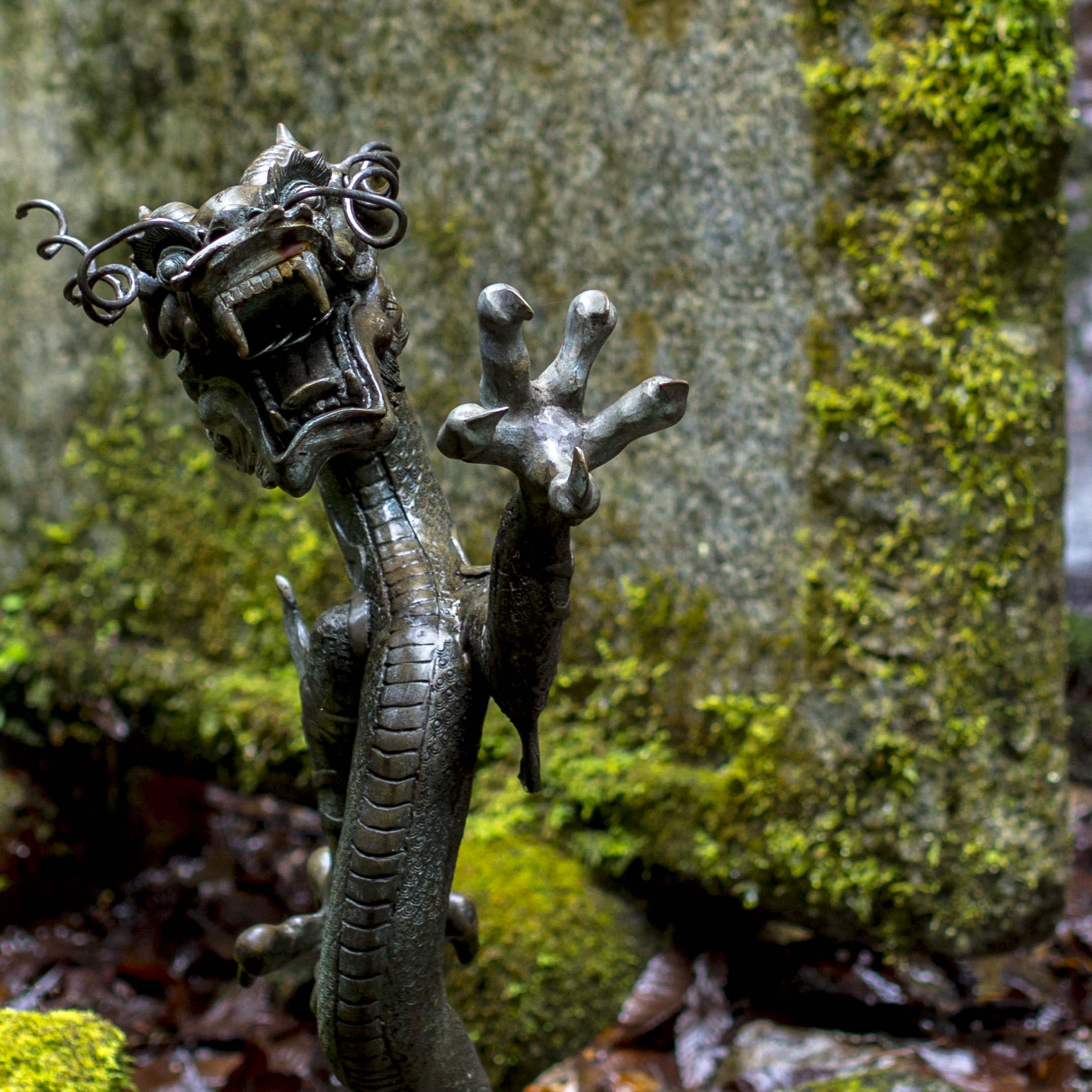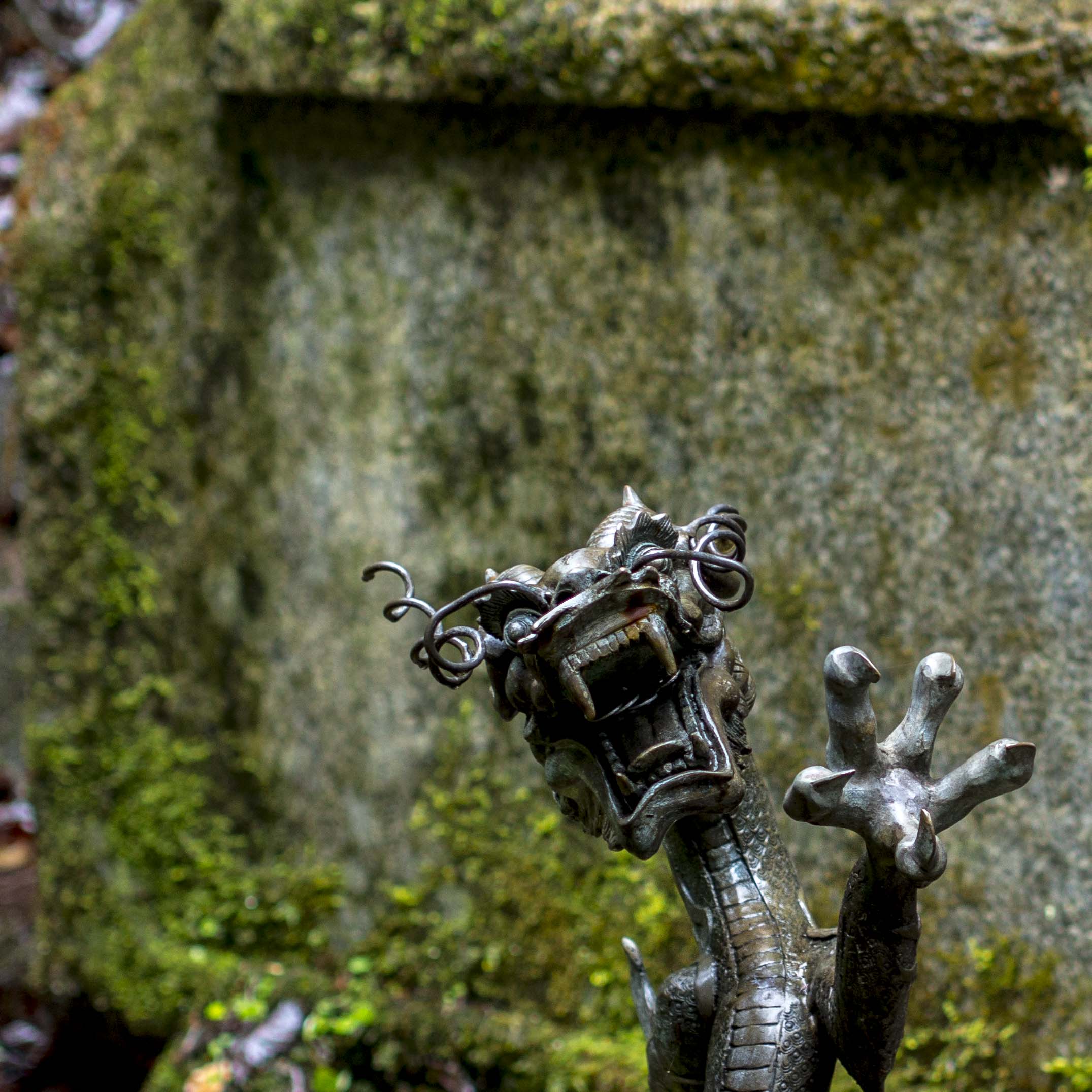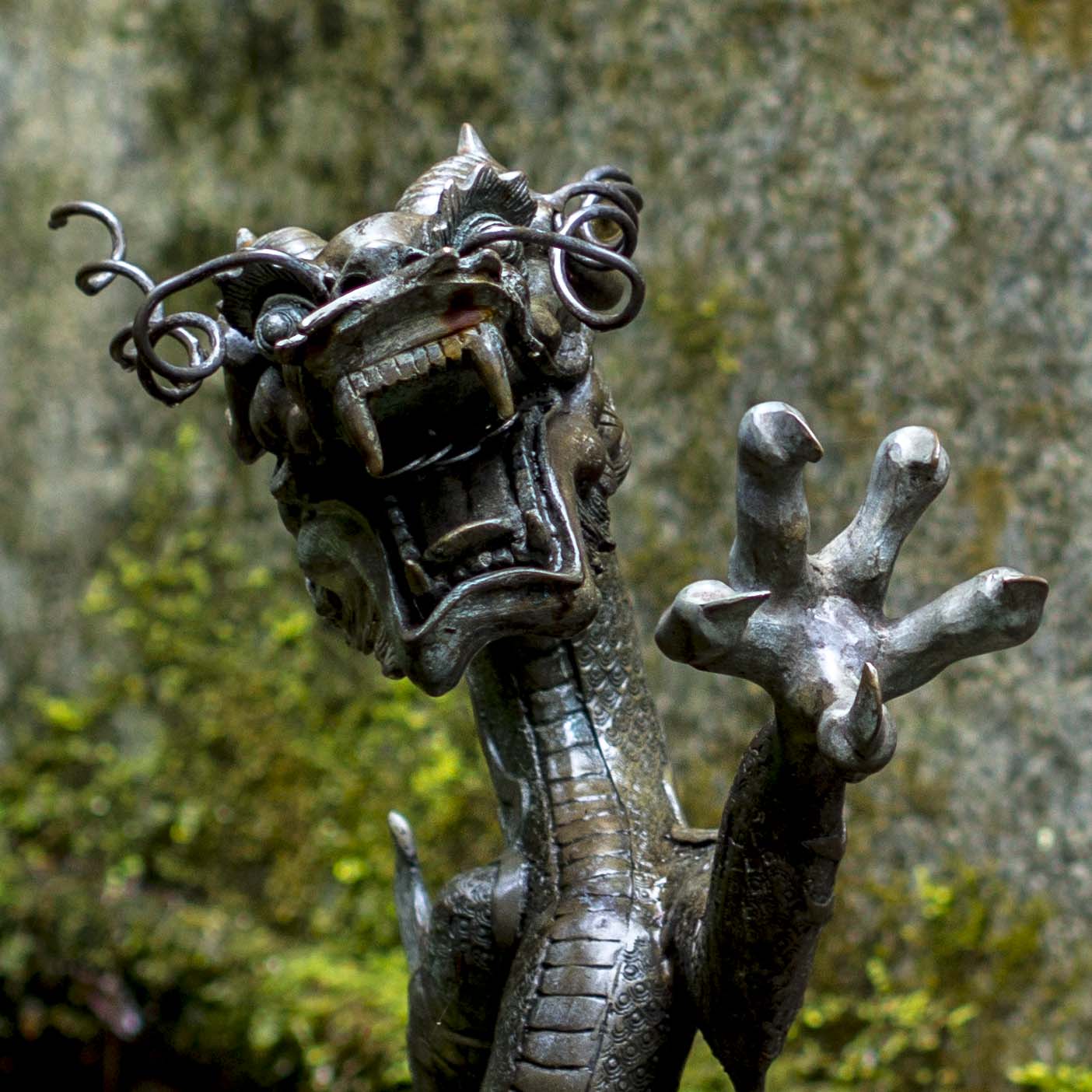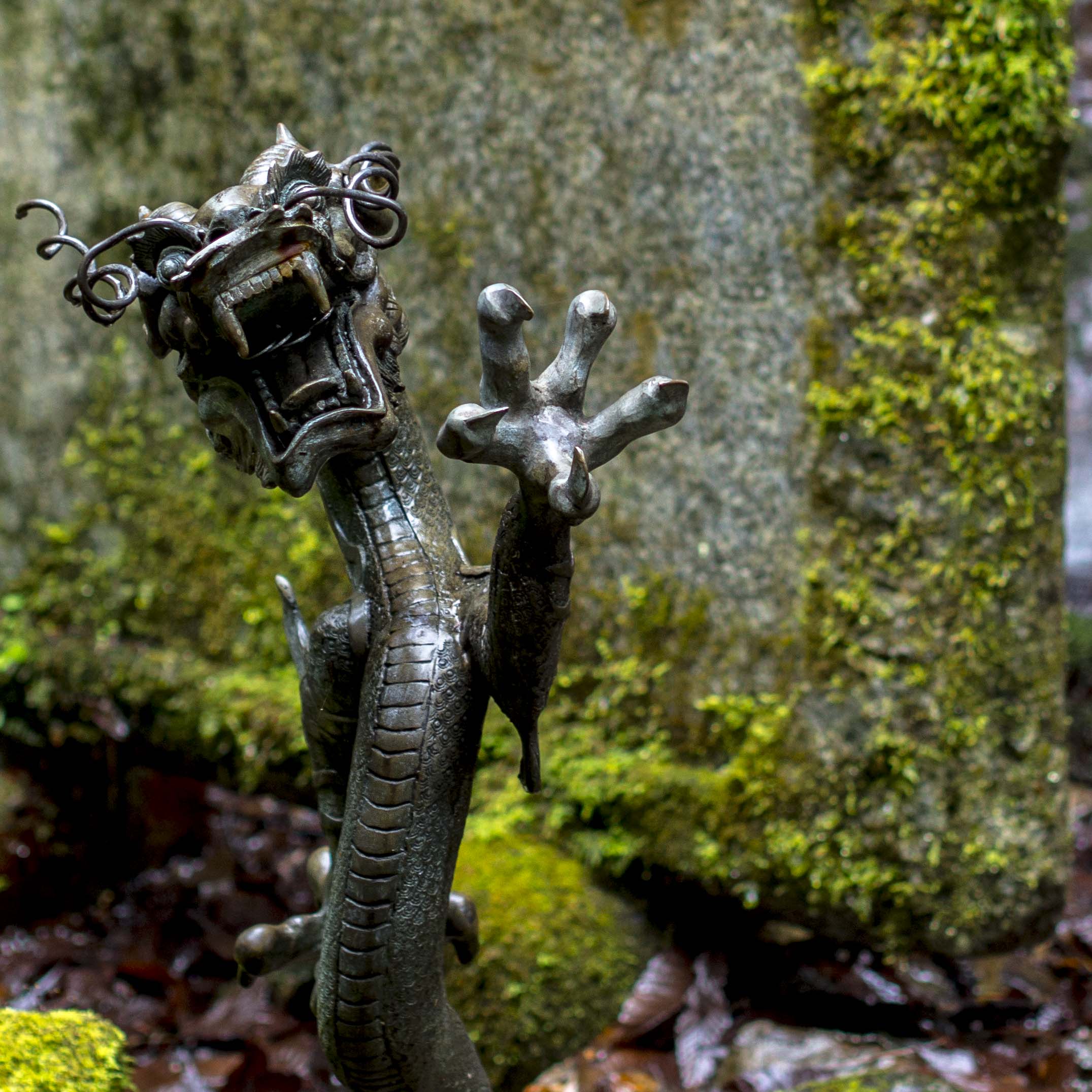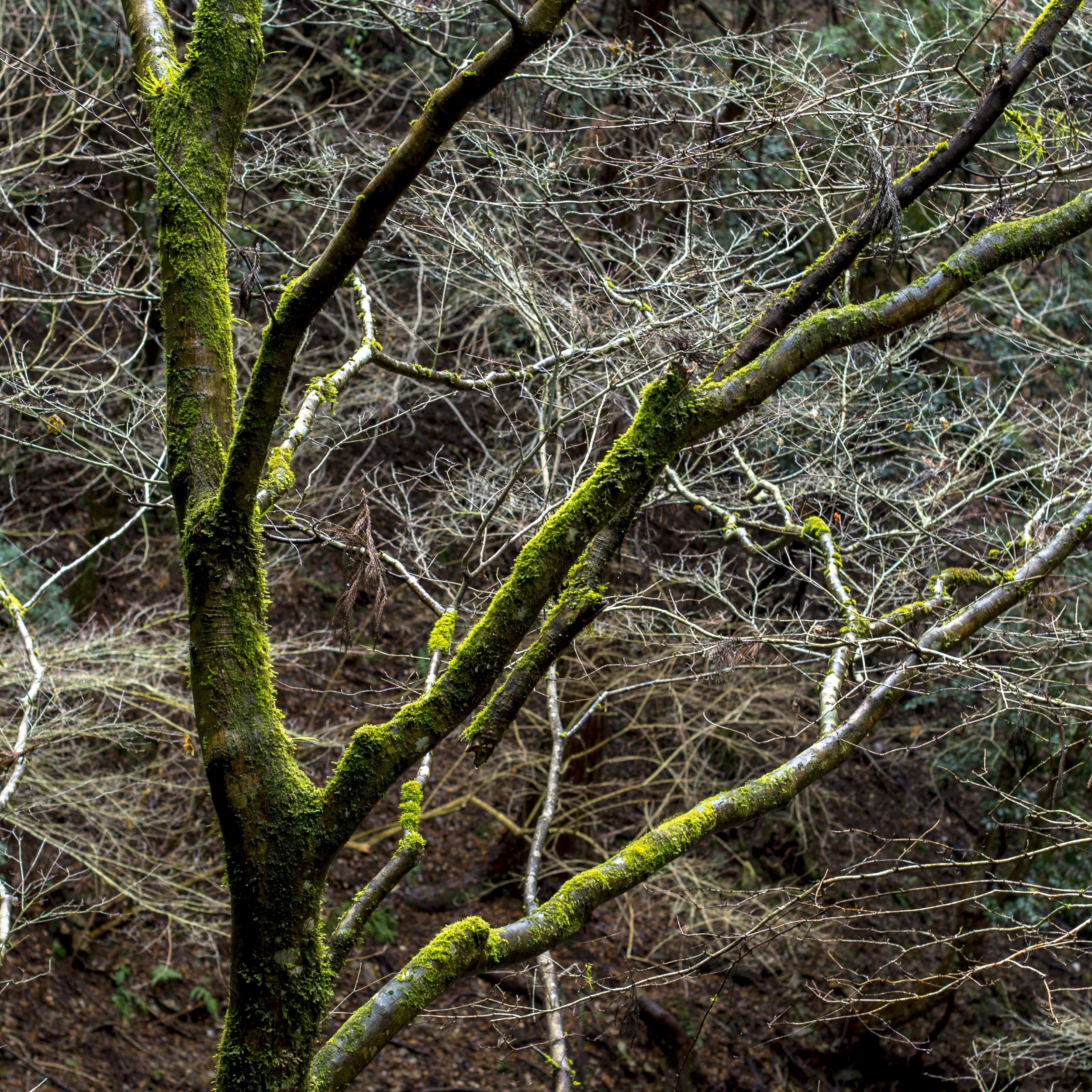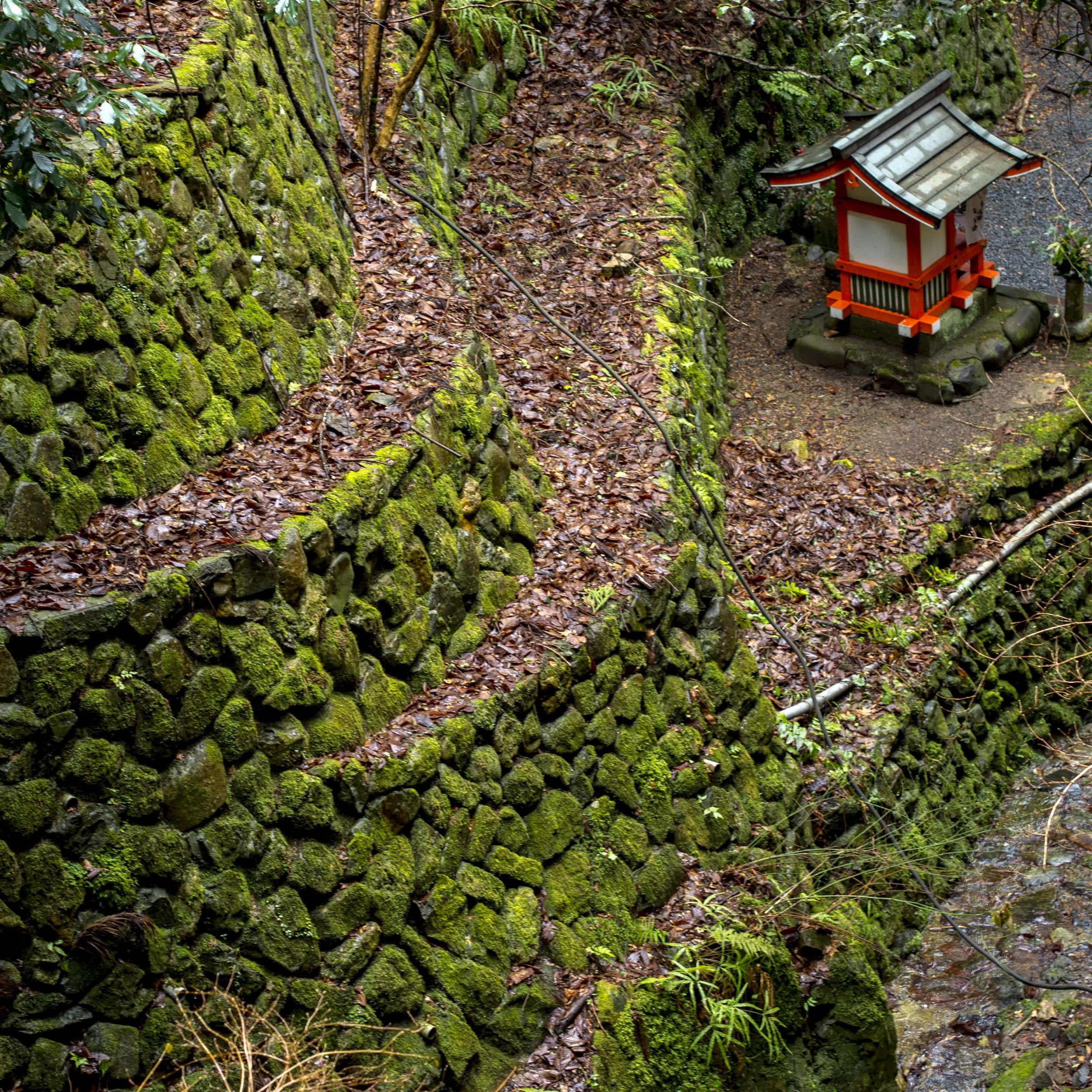I often start a new creative process or period of high productivity with a desire to force a style on myself. It seems to trigger itself as soon as I say “going to do a project”.
After a period of self examination, I often relent and with some relief, decide not to pigeon-hole myself into a single process. I think this “WU-Wei” style of shooting although very free flowing and can lead to a period of productivity in any environment, but, it also leads to a lot of work, without any cohesion.
If I ask myself what I need to make sure consistent, cohesive and relevant work is produced, the simple answer is limitations and controls, i.e. a plan.
Self imposed limitation (SIL) #1.
Shoot in square format*. We view images based on their shape. The square is bias neutral which is to say, the subject inside the frame determines it’s perceived shape, not the frame itself. To me, it is one of the two “correct” ratios (the other being 2 to 3:1 panorama or “cinematic” which forces specific, dramatic, but natural compositions). Square images give the entire frame even relevance, making every part of the frame crucial to the image. Even the “negative space’ in a square image is critical to the balance of the whole.
I find this releasing. Rectangles force their shape on the image, and that does not alway sit ideally. Personally, I almost always crop a rectangle image to one degree or another. This creates issues with framing and coherent presentation. When I am shooting in square format, there is no indecision. I use the frame as presented. It is similar to the argument of prime vs zoom lenses. One offers more possible options, the other a clear limitation. When I switched to Olympus it was for the form factor of the cameras and the quality of the lenses not the format.
A square allows you lots of balanced framing options. It even seems to promote “out of the box” thinking within the box. The image below does little for me in it’s natural rectangular format.
To be honest, I am not sure I have ever been fully accepting of rectangular formats.
Other benefits of square images are;
Taking them is often easier technically. No portrait aspect issues with tripods/heads and no on the spot aspect ratio decision making. This is especially true if you are shooting in live view or at waist height. For street shooting, this may seem counter intuitive and that may be the case, so I am limiting this thinking to landscapes for now. For street, maybe just shooting wider or deliberately tighter will fix the issue, maybe even force a new and better style, maybe not. The best possible outcome may be shooting in the camera’s native format, but only processing in square (almost a double discovery option).
They frame logically in almost any frame shape either singly or in multiples, just place the print on the paper as suits.
My favourite fine art presentation style and it really only works with a square image.
Multi image presentation. A 3x3, 2x2 or triptych tell a story, which in turn can make each image more useful (not more powerful). The squares themselves allow for very a balanced layout (they often sort themselves out logically), then sit harmoniously together.
They also can process better, especially if they need to be re cropped for presentation. The added negative space can be used as needed to fill a magazine cover ration or to place text etc (6x7 was often used for magazine assignments because it fit the cover ratio). When shooting in a rectangle format, a choice has to be made to suit the possible future needs of the printer or presenter. With square, they can potentially create what ever shapes they want.
Lastly and most importantly, I frikkin’ love square format. This probably goes all the way back to “the one true format” thinking of the Hassleblad/Rolleiflex era. It excites me and releases me.
The down sides are few;
There is some wastage of pixels, although with M43, less so*. The maximum single image size limit is the “short” side of your format, but multi image printing effectively triples the effectiveness of each image with “breathing space” between images taken into account, so wall presence is actually increased. If a single image is printed, unless framed as a square, the wasted paper is actually an ideal framing tool (see the leaf image above).
You may need a wider lens than usual or frame tighter than usual due to the height:width ratio changing. The feeling of missing out on detail to the sides or top/bottom of an image is removed by shooting wider, often forcing more elements into the frame, but in turn creating broader compositional opportunities (remember the negative space option). This is for me a non issue as I rarely use wide angle lenses and recently expanded my range two full focal lengths wider, so my shooting style will remain un changed, with the added width allowed for naturally. I also prefer semi abstract and tighter, cleaner compositions, which this promotes.
You need to shoot with at least a square preview grid in live view mode or risk cramping the file on the short side (see the point above). You need to think square to shoot square, plucking squares out of rectangles can be frustrating. The set above were originally shot in 4:3 ratio, but worked ok, many others did not.
You need to get used to it.
Ok, that is limitation number 1. Next post we will explore limitation 2.
*With digital cameras of course black and white and square are only suggestions to a RAW file, so you can always explore other options after capture.
